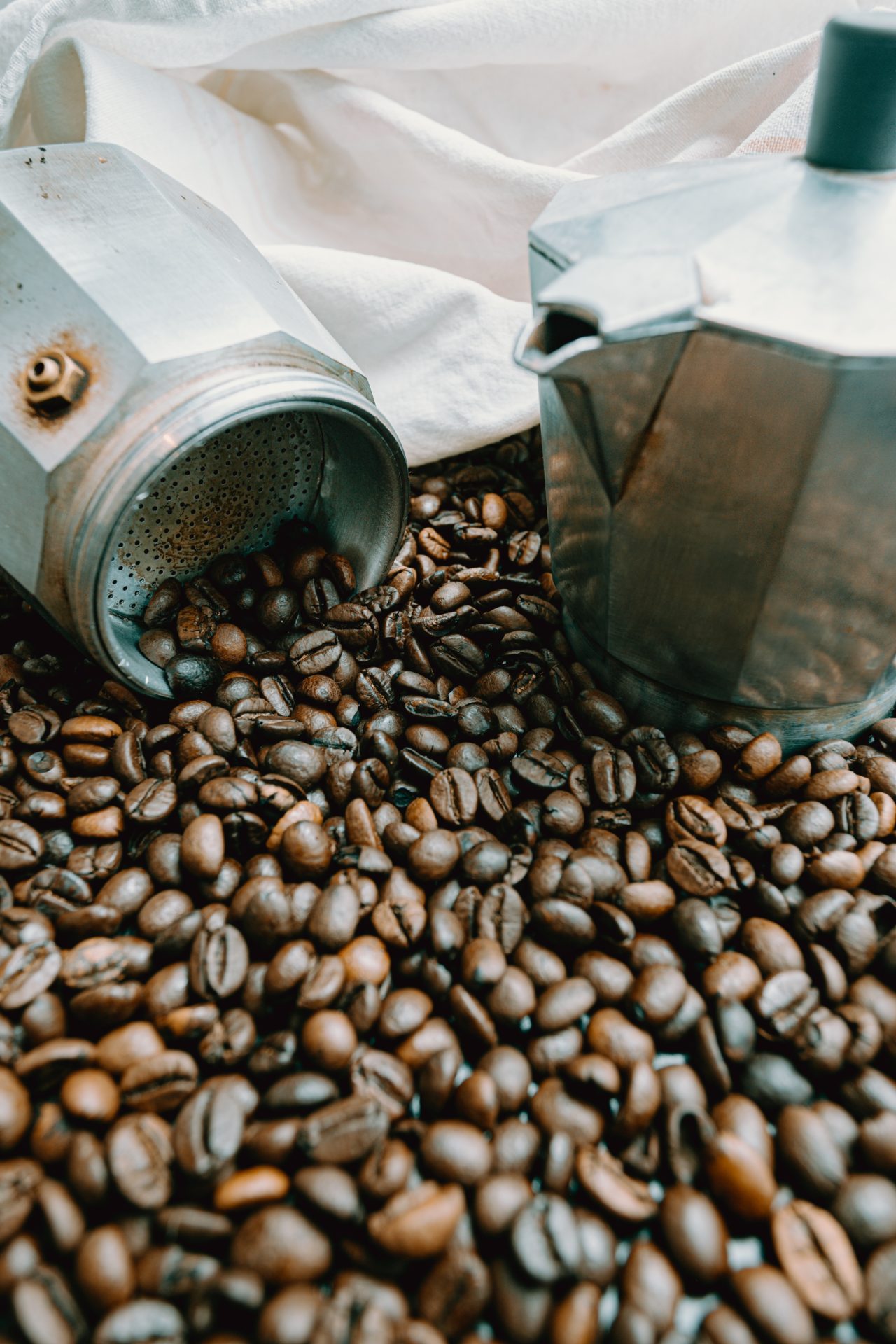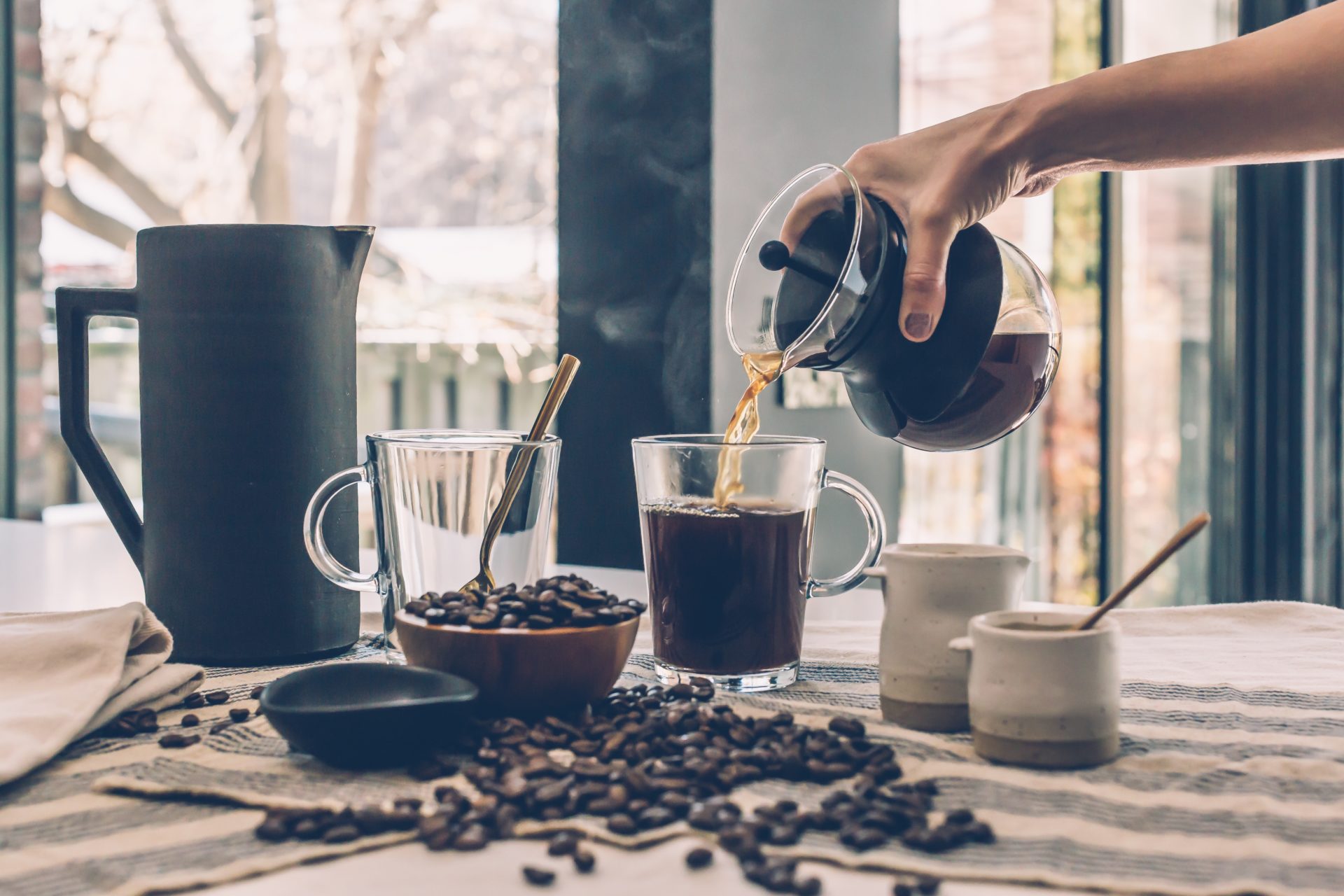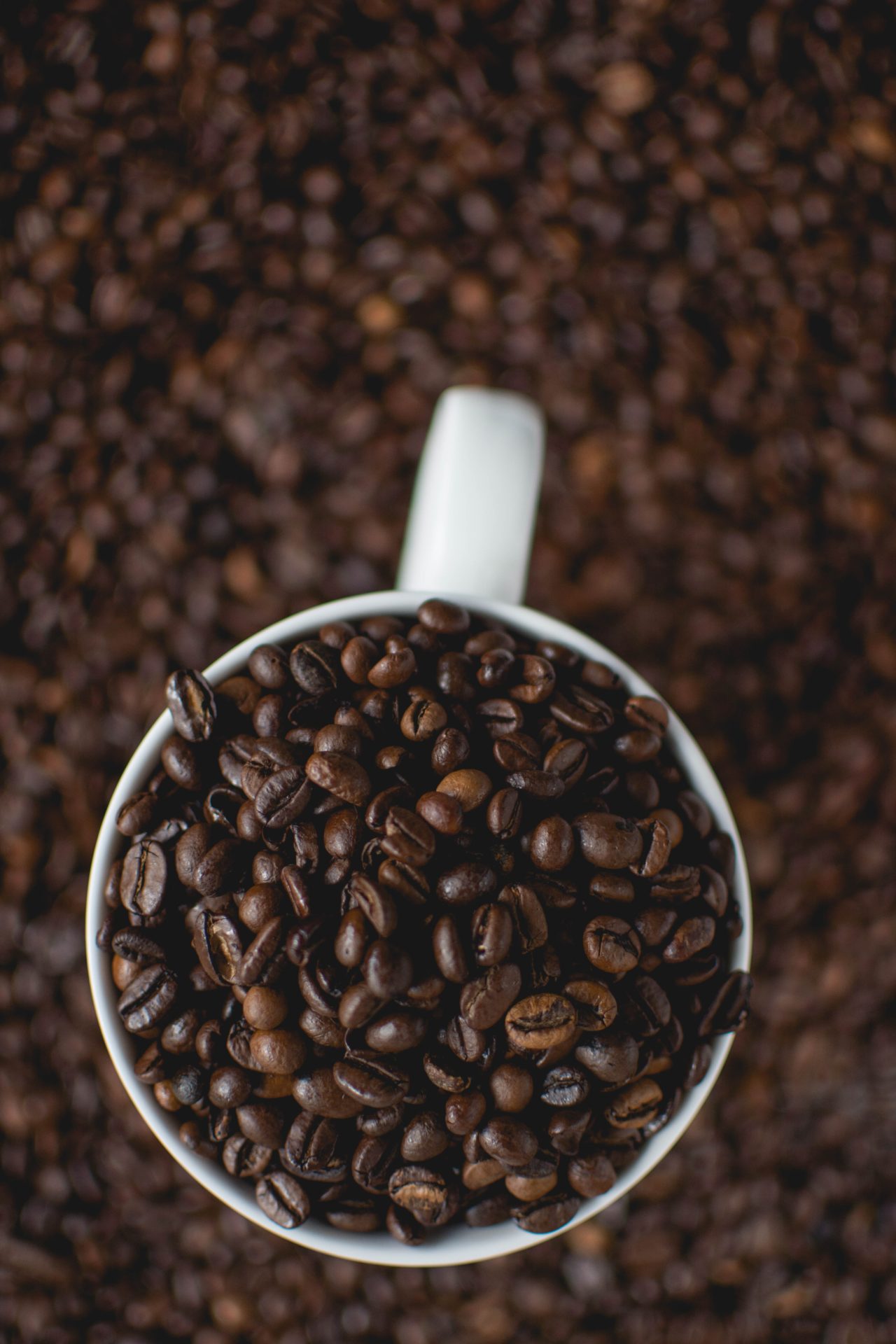7 Steps to Picking The Perfect Coffee
Soon after birth, we teach children and their caregivers how to make the right decisions to raise them into adulthood. Yet, so many of us are never taught how to pick the very thing most of us drink to start off our day – coffee!
How often have you stood in a grocery store staring at a giant wall of cheese, or a huge selection of wine, and at a coffee counter staring at all the varieties of coffee? Yes, trial and error is one way of finding out which coffee works best for you. However, wouldn’t it be great if you knew how to pick the best coffee for you?
In this article, we will discuss just that! Here are some tips on picking the right coffee bean for you based on the seven characteristics of the bean: origin, altitude, freshness, processing, roast profile, varietals, and blend.
Origin of the Bean
We will start off with the origin of where the coffee bean was grown. We felt this was a great way to frame our minds – as this should feel familiar as we already pick our wine and cheese based on the origins of those products.
Similarly, the environment and growing conditions of coffee beans make a huge difference in the bean’s flavor profile. After all, soil condition and growing conditions are responsible for developing the bean’s flavor statistics. It is the basic science of nature at play.
The warm climate conditions necessary to grow coffee are present in the regions we call the “Coffee Belt,” – which is the geography between Tropics of Cancer and Tropics of Capricorn. The sun, rainfall, soil, and altitude of the region where coffee is grown has a major impact on how the coffee bean tastes in your cup.
Coffee is generally grown in three large regions in the Coffee Belt: South & Central America, Africa, and Asia.
As a general rule, here are some key flavor profiles of the coffee bean to keep in mind for when you are shopping for coffee beans next:
South & Central America: Coffee beans from this region have a flavor profile rich in chocolatey/buttery flavors, sweetness, soft fruitiness, cleaner and crisper profiles, and some nuttiness coming through. Since most coffee beans come from this region, this is a very familiar flavor profile and something we are generally accustomed to.
If you are looking to venture out of your standard Columbian coffee, consider Kona Coffee from Hawaii! The unique flavor profiles of the Kona coffee belt of Hawaii is quickly being dubbed as gourmet coffee. To learn more about Kona Coffee, check out the 5 best Kona coffee brands recommended by Sip Coffee House.
However, don’t ignore the other gorgeous flavor profiles from Asia & Africa.
Africa: Kenya and Ethiopian coffee from the African coffee belt feature stone fruit, complex wines, and berry flavors. It is wildly popular with coffee enthusiasts.
Asia: If you are looking for a more adventurous, bold, full-bodied tasting coffee – look further east to India and Indonesia. The rich, bold herbal and earthy flavors are not for everyone. That usually explains why people have a love-it-or-hate-it reaction to Sumatran coffee. We recommend you expand your taste senses and try out these coffees as well.
Altitude
The MASL (Meters Above Seal Level) of a coffee plant makes a huge difference in how the coffee bean will taste. Generally, the higher the altitude, the sweeter the coffee and acidity.
This is because the coffee plant prefers temperatures of 18 to 23 degrees celsius. However, the coffee belt regions often reach higher temperatures during the coffee plant’s life cycle. The less desirable the environment, the more the plant draws on sugars to survive. That makes their fruits (the bean) less sweet as sugar concentration in the bean is not fully formed.
The solution to this is to opt for coffee with a high MASL level. Higher altitudes will offer the most ideal condition for sweetness to be retained in the bean.
So, look for MASL levels of 1500 or more to get the sweetest tasting coffee.
Freshness
Regardless of the region, climate, and elevation of the region where the coffee bean is grown, freshness is one of the most important factors that immensely impact the entire flavor profile.
Freshness in coffee is referred to as the time lapsed after the bean has been roasted. So, look for the roasting date. If you don’t see a roast date in the packaging, it is likely because the coffee beans were roasted a long time, and you should avoid that coffee. The flavor would have deteriorated, and the coffee would be mediocre at best.
Generally, the roast date has to be no less than 2 weeks before brewing for optimal flavor and freshness. Beyond that, the flavors will start to deteriorate, but the coffee bean will still be okay to use.
Processing
The way the coffee bean is processed also affects the flavor. Typically, you will notice the processing information in the package. The two methods of processing are the ‘washed’ and ‘natural’ process.
Coffee beans are the stones of a cherry-like coffee fruit.
In the washed process, the coffee bean is run through “wet-processing,” where the outer fruit flesh is removed to bring out the bean. This process involves a fermentation process, and then the beans are washed and dried. This process yields the coffee flavor to be sweet, clean, and crisp tasting.
In the “natural” processing method, the fruit’s flesh is allowed to dry with the bean. This allows for the bean to dry with the flavor of the fruit infusing into the bean. This results in a fruitier and wine-like flavor profile.
We recommend you try both types to see what fits your palette best.
Varietals
Much like apples and pears, varietals of coffee fruit make a difference in the bean’s flavor profile. The most common varieties of coffee are Bourbon, Typica, and Caturra. These three varietals will have the typical coffee flavor we are familiar with. Various regions have their own varietals that they prefer to grow. However, hybrids and crossovers of varietals to different regions have also been happening in recent years.
If you are in the mood for a bit of a splurge, you could try the most prized varietal – The Geisha. The Geisha coffee has a particular sweetness and a fruity flavor that can range from mangoes to peaches. This coffee bean does come with a higher price, but the absolute coffee snob friends of yours will very much appreciate such an exquisite varietal.
Blends
Coffee producers create unique blends by mixing coffee beans from different origins and varieties and processing them with intensified caramelization to cut the bitterness of the coffee. These blends are carefully crafted to accentuate certain flavors and characters.
Single blends are from a particular region or estate and don’t have any mixing of other varieties.
Typically, if you like milk with your coffee, you might appreciate the blends more, while black-coffee drinkers can appreciate single blends for their puritan and unique flavors. However, you can certainly drink a mixed blend coffee black and add milk to your single blends.
We recommend trying different blends to see which one is your favorite (because everyone ends up with a variety).
Roast Profile
Roast profile refers to how you will be brewing the coffee. If you are looking to make your coffee with an espresso machine, stick with the Espresso blend. The Espresso coffee beans are roasted with a specifically designed technique to allow the espresso maker to bring out the maximum flavor.
Meanwhile, filter coffee is not roasted like espresso beans, which leaves the cleaner, more acidic flavors we get from filter coffee. Be sure to pick your coffee based on the roast profile and how you brew your coffee.
If you have a filter coffee machine, manual, or french press, opt for the filter variety.
Conclusion
Just like how you don’t drink just one type of wine all your life, you shouldn’t restrict yourself to coffee to just one kind forever. Explore these gorgeous flavors in your humble cup of coffee and experiment to see which region, roast profile, blends, and varietal of coffee fits your taste buds like a glove.
Filled with antioxidants like polyphenols and hydroxycinnamic acids, coffee drinking has been linked to better cardiovascular health and disease prevention. As always, if you are watching your waistline, be careful how much milk and sugar you add to your coffee as that can start to add up the calories. Of course, you can also indulge every now and then and make a dessert coffee. For recipes and ideas on dessert coffee, check this out.
We hope that the information above enlightened your coffee knowledge and helped you find your perfect coffee! Cheers to the Cup of Joe!




